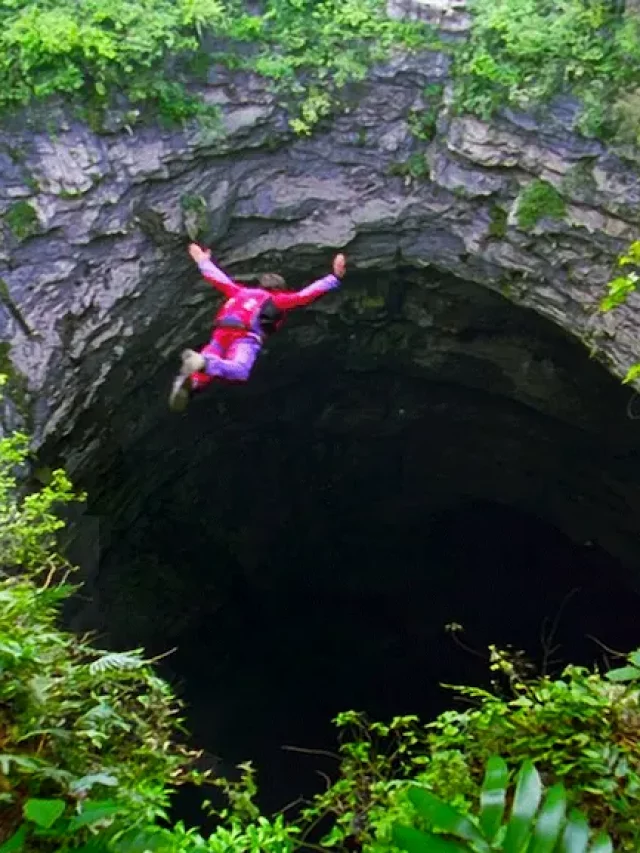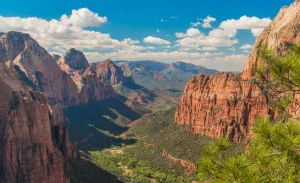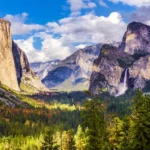With its 40 million tourists each year, Mexico is one of the most visited Hispanic countries in America. Between paradisiacal beaches, luxuriant jungles, animated cities, colonial architecture, and other Mayan and Aztec vestiges, the country offers a multitude of activities and landscapes still impregnated with the living force of nature. Deeply Latin, bathed in popular, artistic, and gastronomic culture, Mexico is the link between the United States, Canada, and Latin America.
Both influenced by neighboring cultures, especially American, and very attached to its traditions, Mexico also reserves to its visitor’s grandiose natural discoveries. Among them, there is one that brings together in a perfect symbiosis geological phenomena, natural wildlife habitats, and tourism; the discovery of one of the largest chasms in the world: the Swallows’ Chasm.
To have the privilege of visiting the cave of swallows, you must go to the state of San Luis Potosi, 500 kilometers north of Mexico City. Located precisely a few kilometers from the village of Aquismón, you will follow a mountain road with magnificent landscapes for about an hour, starting from Xilitla.
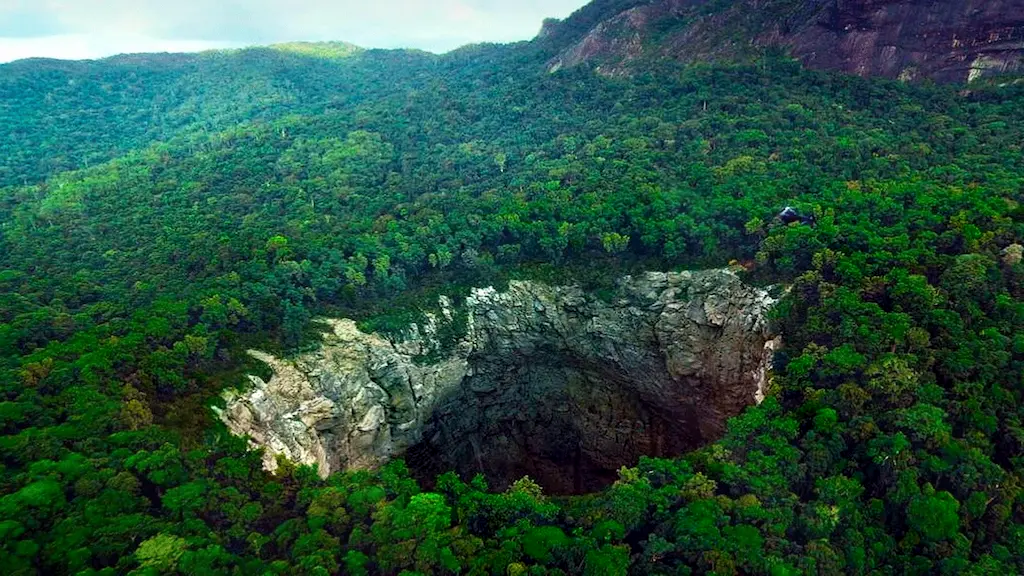
This titanic chasm, which belongs to the family of karst chasms due to its geomorphological structure, was formed along a limestone fault, slowly eaten away and eroded by the infiltration of water. At its opening, the cave of swallows measures no less than 50 meters wide and 330 meters deep. With the particularity of widening towards the bottom to reach the width of three soccer fields, it is to this day the sixth-largest chasm, but also the most beautiful cave in the world!
Its second particularity is that it was discovered by chance in 1966 by Texan researchers, and not by the Spanish conquistadors, who arrived centuries before. Although it was found remains and drawings attesting that the natives living in the remote lands knew this gaping “hole” in the middle of the mountain, it seems that the place was hidden from the Spanish. The cave of swallows was therefore a well-kept secret for centuries, which adds to the magic of the place!
How To Get There (cave of swallows)?
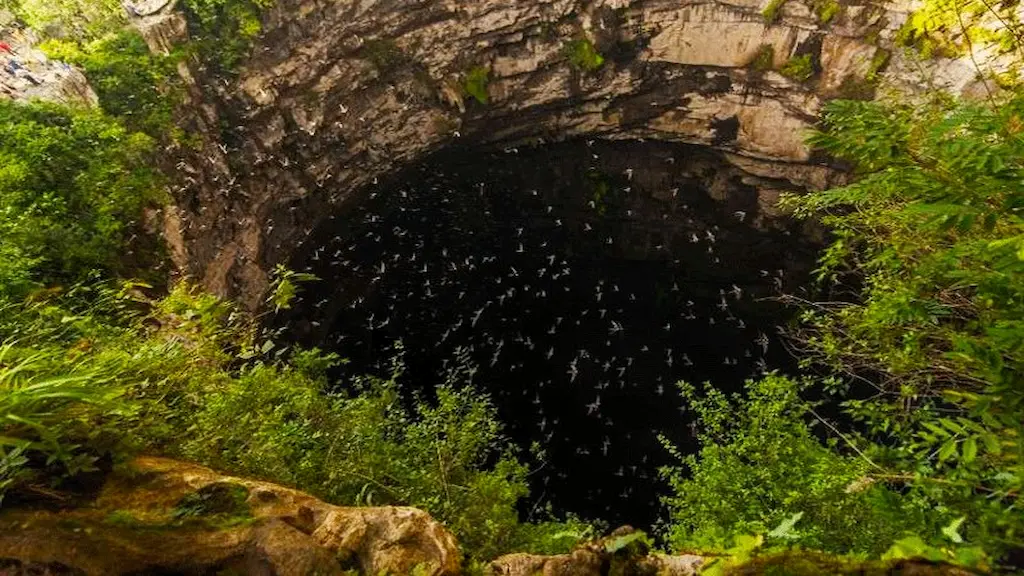
The best way to get there is to rent a car and drive to the park. Once there, you will have to walk for half an hour on a steep path in the middle of the forest and go down many steps to reach the observation point of one of the most beautiful natural phenomena.
We highly recommend going to the site very early in the morning, even before sunrise. Indeed, it is at first light that the aerial ballet of the thousands of birds that nest on the walls of the chasm begins! To be able to observe it, you will have to be installed before the daylight, and thus to walk the path at night. Don’t panic though, the descent is accessible, even for children; however, we recommend that you choose to be accompanied by a guide. If despite all your efforts, waking up at 5 am is not an option, you can always admire the flight of the birds at sunset, when they dive into the cave to join their nests.
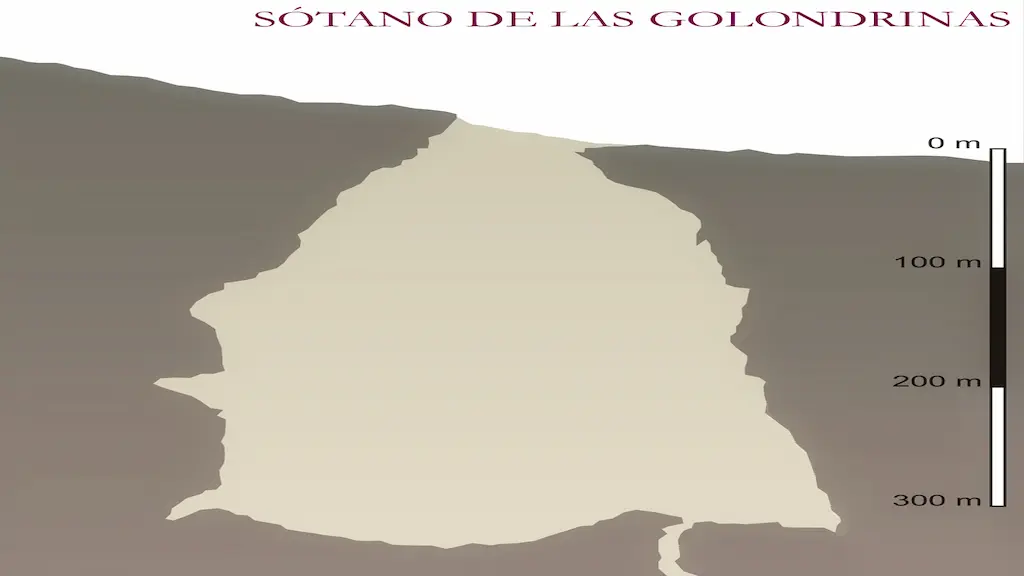
As you can see, the name of the cave of swallows (or Sotano de las Golondrinas in Spanish) was not chosen at random. Hidden in the heart of the Huasteca, the chasm is the refuge and habitat of countless birds. But surprisingly, you won’t see any swallows there… Indeed, these colonies are mainly made up of aratinga parrots, also known locally as “cave parrots” and black swifts. These last ones were confused with swallows, which finally confers to the place a very poetic name, but very far from the truth!
However, swallows or not, the thousands of birds offer a breathtaking spectacle every day as they fly away in a disciplined whirlwind, with perfect timing and deafening noise. You are bound to be amazed by this primitive and hypnotic ritual.
When To Go?

To fully enjoy the moment, try as much as possible to avoid the tourist periods, during the high season. If you go to the site between the beginning of May and the middle of June, it is possible that you will be somewhat disappointed… In the middle of the breeding season, it happens that the birds are not there and do not perform their famous dance. It is then our responsibility to understand and respect this natural phenomenon, essential to the survival of the species.
Also note that during the wet season, it is possible to see the formation of several waterfalls plunging directly into the depths of the cave. And if the temperature and the humidity level allow it, it will even be possible to observe the formation of clouds in the upper part of the cave. Impressive!
Finally, for the more adventurous, the cave of swallows has the reputation of being a spot for extreme sports. Abseiling and climbing, but also parachute jumping can be practiced on the site, respecting the instructions put in place not to disturb the flying occupants. Be careful, however, as this can be a dangerous exercise if you abseil and climb: remember that the walls of the chasm are very wet and therefore vicious. Count on 20 to 30 minutes for the descent and 2 to 6 hours for the climb! So be well prepared and well equipped! Parachute jumping will only be allowed when the nests are empty, to avoid collisions with birds.
Also Read: Swimming in The Devil’s Pool Victoria Fall

